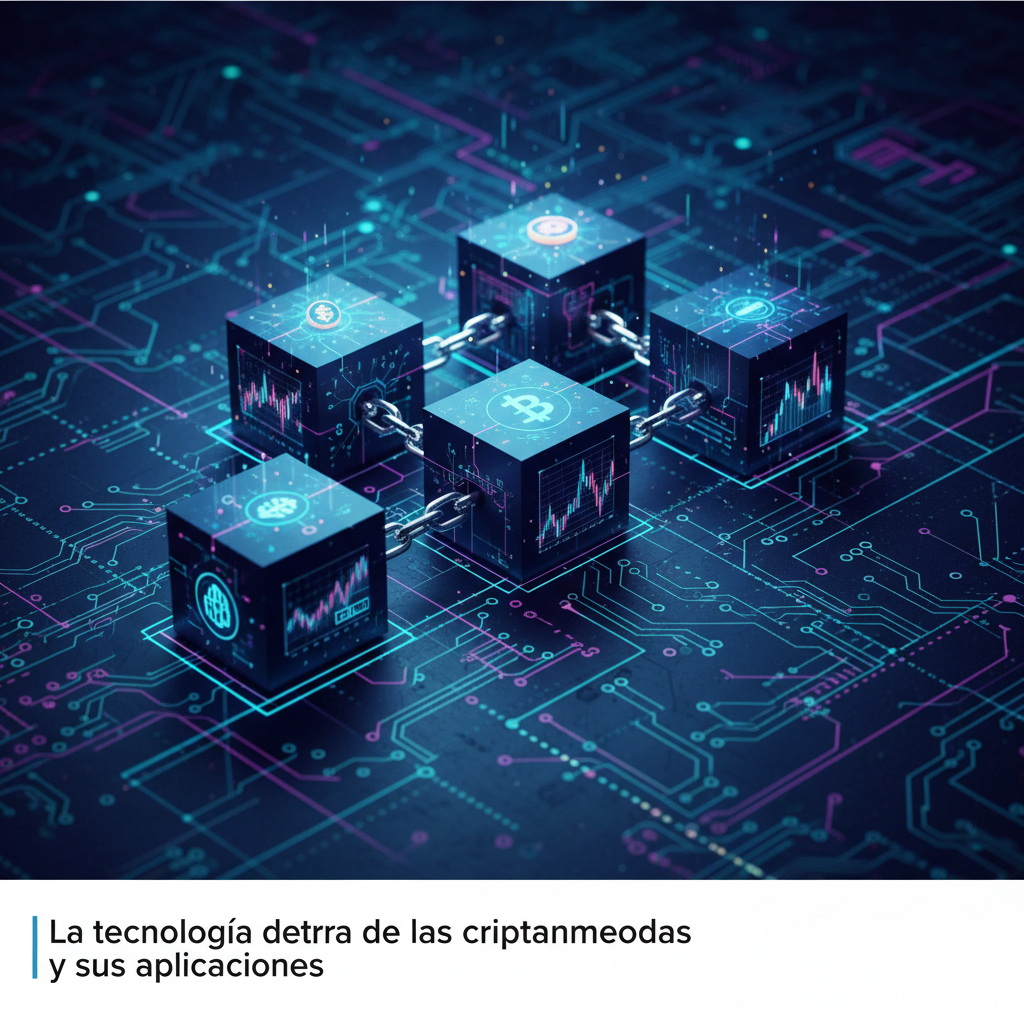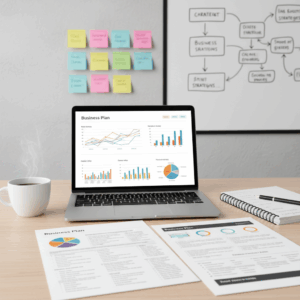Fundamentals of blockchain technology
The blockchain technology It is a digital registration system that stands out for its nature decentralized and secureIts design allows for transparent and permanent storage of information.
It consists of a blockchain, where each block stores a set of verified transactions and a unique code called hashThis structure connects and ensures the integrity of the data.
Furthermore, this chain is replicated across multiple distributed nodes, ensuring the continuous availability of information and making any attempt at manipulation difficult.
Structure and operation of the blockchain
Each block in the chain contains transaction data, a hash and the hash of the previous block, forming a secure and immutable sequence. This structure ensures the integrity of the records.
When a new block is added, it must be validated to maintain the chain's consistency. Any alteration would affect the hash and destabilize the entire sequence.
Replicating the chain across all nodes eliminates dependence on a central authority and makes information accessible and trustworthy to all participants.
Decentralization and network security
Blockchain operates on a network decentralized where each node has an identical copy of the chain, eliminating single points of failure and increasing resistance to attacks.
Security is based on cryptography and consensus between nodes, which prevents fraudulent transactions from being incorporated without majority approval.
Modifying a block requires altering all distributed copies simultaneously, a practically impossible task due to the computational power required, thus ensuring immutability.
Blockchain in cryptocurrencies
In the context of cryptocurrencies, the blockchain It acts as a public ledger that records every transaction made by users. This function is essential for maintaining a financial system without intermediaries.
The ability to directly control digital assets without the need for banks offers users greater autonomy and security in their financial transactions.
Furthermore, the technology ensures that transactions are transparent, traceable, and permanent, eliminating the risk of double spending and fraud.
Transaction recording and asset control
Each cryptocurrency transaction is stored in a block, which contains encrypted information and a unique identifier, ensuring data integrity. This allows for clear and secure asset tracking.
Users have complete control over their funds by holding private keys that authorize transfers, eliminating intermediaries and increasing the privacy of their transactions.
The decentralized ledger prevents manipulation and ensures that all transactions remain accessible and verifiable to any network participant.
Validation and consensus mechanisms
To incorporate new blocks, the network uses consensus mechanisms that validate transactions, ensuring they are legitimate and preventing fraud.
One of the most common methods is the proof of work, which requires complex mathematical problem solving to add blocks, ensuring the trust and security of the system.
These methods distribute authority among participating nodes, which strengthens decentralization and protects the network from attacks or unauthorized changes.
Various applications of blockchain
Technology blockchain It has transcended its initial use in cryptocurrencies to encompass multiple sectors, providing innovative and secure solutions.
Its characteristics of transparency, immutability and decentralization They allow for improved processes in areas as varied as digital management and traceability.
Digital management and smart contracts
The digital management Blockchain facilitates the creation and management of secure digital identities. This provides confidence in the verification of personal information.
The smart contracts They are self-executing programs that automate agreements and processes without the need for intermediaries, reducing errors and waiting times.
This automation improves efficiency in various transactions, ensuring that conditions are strictly and transparently met.
Traceability and other sectors
Blockchain enables a traceability complete in supply chains, ensuring the origin and route of products, which improves consumer confidence.
Additionally, sectors such as healthcare, electronic voting, and copyright protection benefit from this technology to increase security and reduce fraud.
Interesting fact about traceability
Leading companies have implemented blockchain to track food from farm to consumer, ensuring product authenticity and quality.
This not only raises health safety standards, but also strengthens accountability and transparency in global trade.
Impact and benefits of blockchain
Blockchain technology offers a significant impact across diverse sectors by providing a transparent and reliable system for recording data. Its adoption reduces the risks associated with opaque and manipulable processes.
Furthermore, blockchain brings tangible benefits such as fraud prevention and improved operational efficiency, transforming the way organizations manage critical information and conduct transactions.
These advantages boost trust between the parties involved, facilitating more secure agreements and accelerating the digitalization of business and government processes.
Transparency and fraud prevention
The transparency Blockchain allows all transactions to be visible to authorized participants, making it difficult to hide information or alter records without detection.
This feature is key to the fraud prevention, since each change is recorded immutably and traceably on the chain, preventing fraudulent manipulation.
Furthermore, decentralization ensures that there is no single point of vulnerability, strengthening confidence in the integrity of the system and reducing the possibility of illicit activities.
Efficiency and cost reduction
Blockchain improves the efficiency By eliminating intermediaries and automating processes through smart contracts, accelerating operations and reducing waiting times.
This automation significantly reduces the costs operational in sectors such as finance, logistics and public administration, which traditionally involve multiple manual checks.
Furthermore, by minimizing errors and discrepancies, blockchain reduces costs associated with audits and corrections, allowing companies to optimize their resources and improve their competitiveness.






